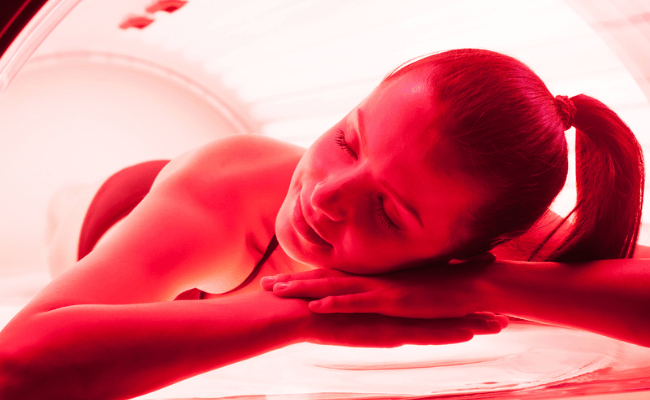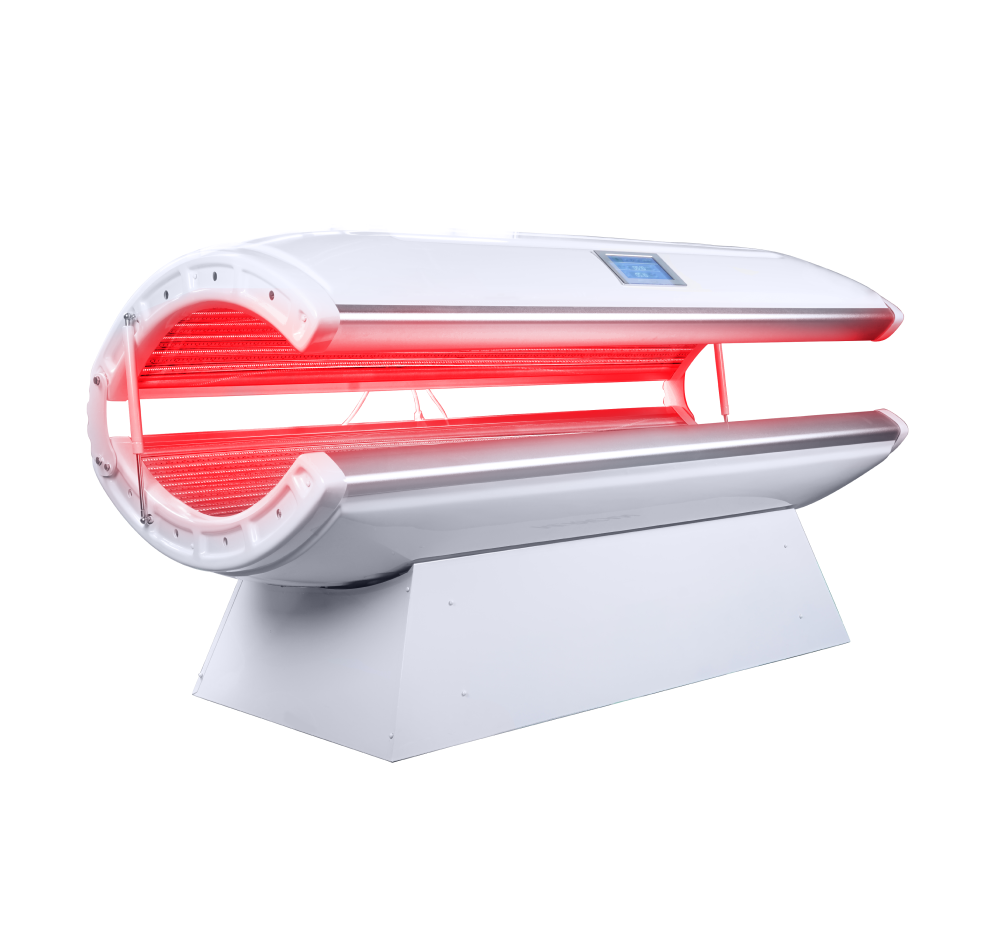
Benefits of Red Light Therapy Beds: Enhancing Wellness and Skin Health
Red light therapy beds are gaining traction as a popular wellness treatment. These beds use specific wavelengths of red light

Red light therapy is a non-invasive treatment that has gained popularity in recent years. It involves the use of red light emitting diodes (LEDs) to stimulate the body’s natural healing processes. This type of therapy can be administered in various ways, including through the use of a red light therapy bed.
A red light therapy bed is a device that emits red and near-infrared light to the entire body. The bed is designed to be used for a specific amount of time, typically ranging from a few minutes to half an hour. The therapy is believed to work by stimulating the mitochondria in the cells, which can help to increase energy production and promote healing.
Understanding Red Light Therapy Red light therapy has been studied extensively for its potential health benefits. The therapy is believed to have a range of effects on the body, including reducing inflammation, improving circulation, and promoting collagen production. Red light therapy can be used to treat a variety of conditions, including skin conditions, joint pain, and muscle soreness.
Red light therapy is a non-invasive treatment that uses low-level red light wavelengths to promote healing, reduce inflammation, and improve skin health. This therapy is also known as photobiomodulation (PBM) therapy, low-level light therapy (LLLT), or soft laser therapy.
Red light therapy bed is a device that emits red light wavelengths, which penetrate the skin and stimulate the production of ATP, a molecule that provides energy to cells. This process helps to improve cellular function and promote healing.
Red light therapy is a safe and effective treatment for a variety of conditions, including acne, rosacea, wrinkles, and inflammation. It is also used to treat pain, muscle soreness, and joint stiffness.
Red light therapy works by stimulating the mitochondria, the powerhouses of cells, to produce more ATP. This process helps to improve cellular function and promote healing.
Red light wavelengths also stimulate the production of collagen, a protein that gives skin its elasticity. This process helps to reduce wrinkles and improve skin health.
Red light therapy also promotes the production of endorphins, which are natural painkillers. This process helps to reduce pain and promote relaxation.
Studies have shown that red light therapy can improve the symptoms of a variety of conditions, including acne, rosacea, wrinkles, and inflammation. It is also effective in treating pain, muscle soreness, and joint stiffness.
Overall, red light therapy is a safe and effective treatment for a variety of conditions. It is non-invasive, painless, and has no known side effects.
Red light therapy beds are a type of light therapy device that emit red and near-infrared light to promote healing and rejuvenation in the body. These beds are designed to provide a full-body treatment, and they are often used in spas, wellness centers, and medical clinics.
Red light therapy beds typically consist of a large, flat surface that is covered in red and near-infrared lights. The bed may be enclosed or open, and it may be equipped with additional features such as vibration or heat therapy. The lights used in these beds are typically LED lights, which emit a specific wavelength of light that has been shown to promote healing and reduce inflammation.
When a person lies on a red light therapy bed, the lights penetrate the skin and stimulate the cells to produce more energy. This increased energy production can help to reduce inflammation, improve circulation, and promote healing in the body. Some studies have also suggested that red light therapy may help to improve skin health and reduce the appearance of wrinkles and fine lines.
There are many different models of red light therapy beds available on the market, each with its own set of features and benefits. Some beds may be designed for home use, while others are intended for use in professional settings. Some features that may be included in red light therapy beds include:
When choosing a red light therapy bed, it is important to consider your specific needs and goals. Some beds may be more effective for certain conditions or concerns, so it is important to do your research and choose a bed that is right for you.
Overall, red light therapy beds can be a safe and effective way to promote healing, reduce inflammation, and improve overall health and wellness. With the right bed and proper use, many people have found relief from a variety of conditions and concerns.
Red light therapy beds have been gaining popularity in recent years due to their potential health and wellness benefits. Here are some of the advantages and potential risks of using a red light therapy bed.
Overall, red light therapy beds can offer potential health and wellness benefits, but it is important to use them safely and with caution. Consult with a healthcare professional before using a red light therapy bed, especially if you have any pre-existing medical conditions or concerns.
Red light therapy beds are an investment in your health and wellness. The cost of a red light therapy bed can vary based on the size and features of the bed. Generally, a full-body red light therapy bed can cost anywhere from $3,000 to $30,000.
There are also smaller, more affordable options available, such as handheld devices or smaller beds designed for localized treatment. These can range from $50 to $500.
It’s important to note that while the initial cost of a red light therapy bed may seem high, it can be a cost-effective option in the long run. With regular use, a red light therapy bed can provide numerous health benefits and reduce the need for costly medical treatments.
Overall, the cost of a red light therapy bed can vary depending on the specific model and features. While it may require an initial investment, the potential health benefits and cost savings make it a worthwhile consideration for those looking to improve their overall wellness.

Red light therapy beds are gaining traction as a popular wellness treatment. These beds use specific wavelengths of red light

Red light therapy is increasingly popular for its potential health benefits, and it comes in various forms, with beds and